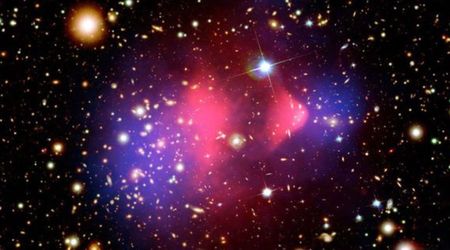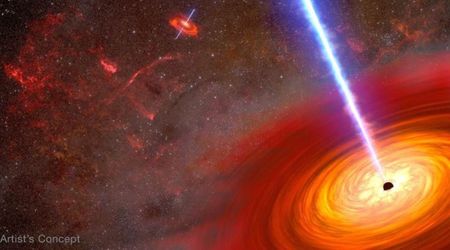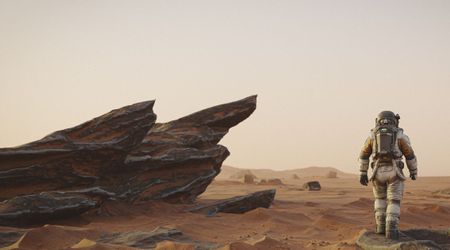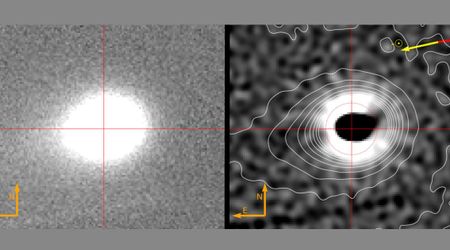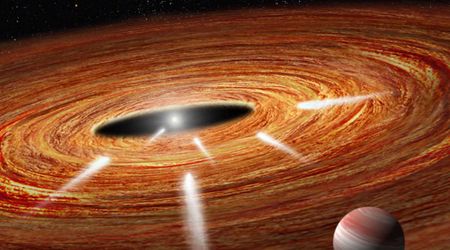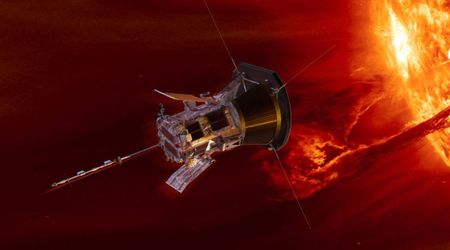Astronomers believe the Milky Way is inside a giant cosmic hole—why it's important for 'Hubble tension'

A groundbreaking theory presented at the Royal Astronomical Society's National Astronomy Meeting (NAM 2025) suggests that our solar system and the entire Milky Way galaxy may be situated within an immense, sparsely populated region of space. This cosmic "void" could explain discrepancies in the universe's expansion rate — a puzzle known as the Hubble tension — and refine our understanding of the universe's age, currently estimated at 13.8 billion years, per Phys.org.

The Hubble tension arises from conflicting measurements of the universe's expansion. Observations of the early universe predict a slower expansion rate than what is observed in our cosmos recently. Dr. Indranil Banik of the University of Portsmouth proposes that a large, local void, approximately a billion light-years in radius and 20% less dense than the cosmic average, could resolve this inconsistency.

"It would cause matter to be pulled by gravity toward the higher-density exterior of the void, leading to the void becoming emptier with time," Dr. Banik explained. "As the void is emptying, the velocity of objects away from us would be larger than if the void were not there. This, therefore, gives the appearance of a faster local expansion rate." He further noted that the Hubble tension appears to be a localized phenomenon, making a local solution, such as a void, particularly promising. Evidence supporting this hypothesis includes a lower observed galaxy density in our local universe when compared to surrounding regions. While the existence of such a massive void contradicts some aspects of the standard cosmological model, which posits a more uniform distribution of matter on larger scales, new data from NAM 2025 lends significant weight to the theory.

Dr Banik's research highlights the importance of baryon acoustic oscillations (BAOs), often referred to as the "sound of the Big Bang." These ancient sound waves, frozen in place as the early universe cooled, serve as a cosmic "standard ruler." According to Dr. Banik, a local void subtly distorts the relationship between the BAO angular scale and redshift. Analysis of two decades of BAO measurements indicates that a void model is vastly more probable (by a factor of one hundred million) than a void-free model when compared to the homogenous Planck cosmology designed to aid CMB observations.
The next phase of research involves comparing this local void model with other methods for charting the universe's expansion history, including cosmic chronometers. This technique utilizes the spectra of non-star-forming galaxies to determine their age, which, when combined with their redshift, provides crucial insights into how the universe has expanded over time.

Adding another layer to our understanding of the universe's vastness and history, astronomers have announced the discovery of an extraordinary, pristine galaxy that has remained untouched by cosmic evolution for an astonishing seven billion years. Dubbed a "cosmic fossil," this celestial relic, officially designated KiDS J0842+0059, provides a striking glimpse into the early universe, much like dinosaur fossils offer windows into ancient Earth.
🚨 Frozen in Time: Astronomers Find Rare Fossil Galaxy
— History Content (@HistContent) June 30, 2025
Astronomers have unveiled KiDS J0842+0059, a galaxy locked in time for an astonishing 7 billion years—a true “cosmic fossil.” Located about 3 billion light‑years away, this massive, compact galaxy (~100 billion solar… pic.twitter.com/3Ek9krLsHh
Located a staggering three light-years away, KiDS J0842+0059 represents a rare class of galaxies that have somehow eluded the powerful gravitational forces and destructive collisions prevalent across the cosmos. This remarkably undisturbed state makes it an invaluable "time capsule" for researchers eager to study the formation and development of the universe's earliest galaxies. This discovery, presented alongside the discussions of local cosmic voids, paints an increasingly intricate picture of galactic evolution and the forces shaping our universe.


